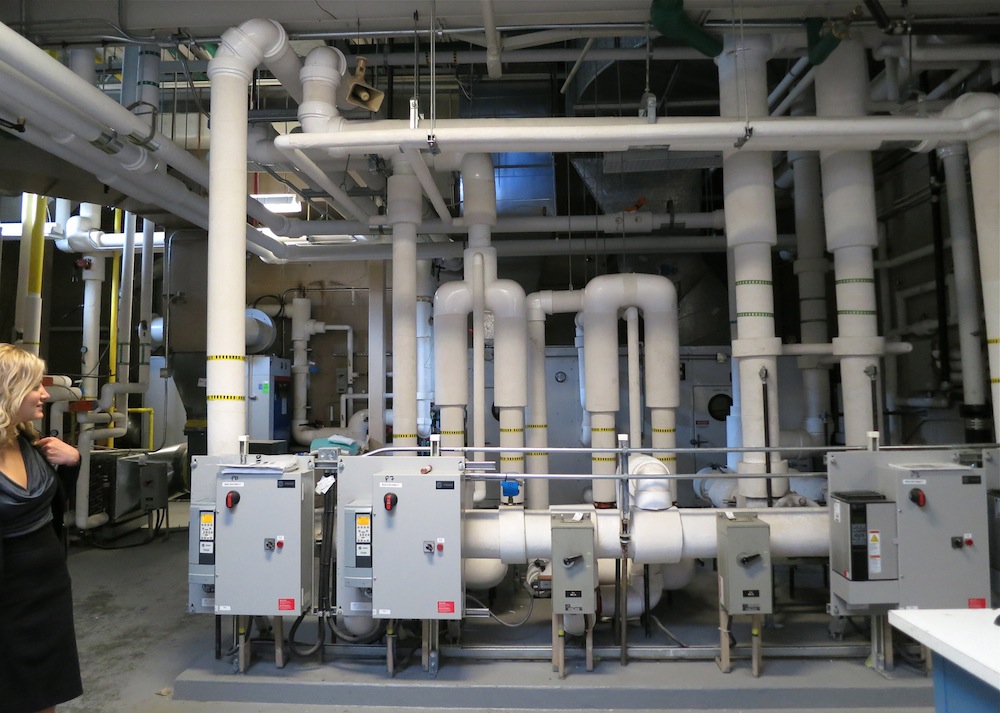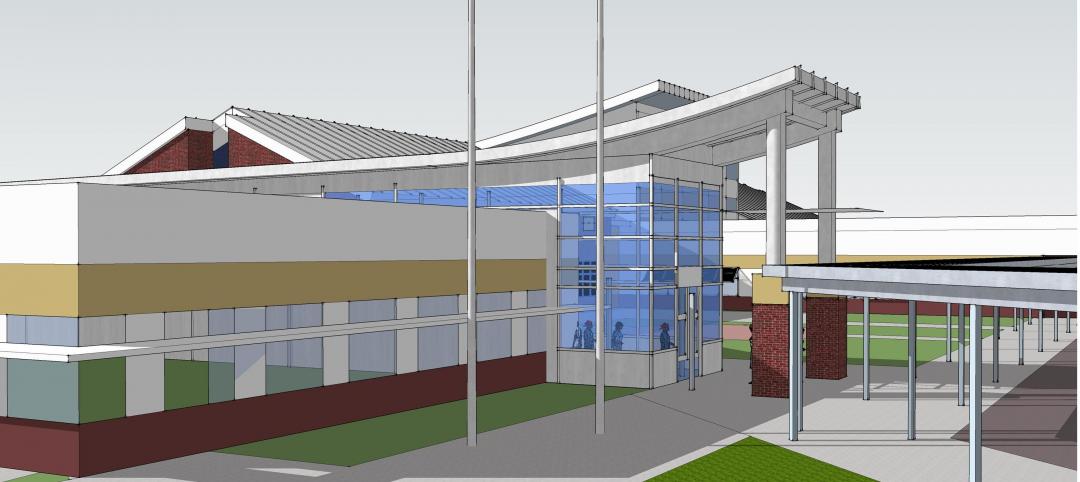The North American Insulation Manufacturers Association (NAIMA) has issued a new publication, “Guide to Insulating Chilled Water Piping Systems With Mineral Fiber Pipe Insulation.”
Developed for professional insulation contractors, the 36-page guide recommends methods for insulating chilled water piping systems using a vapor-sealed mineral fiber pipe insulation.
"Insulation systems are critical to limiting heat losses and preventing condensation on pipe surfaces operating from 33 degrees F to 60 degrees F (0.5 degrees C to 15.6 degrees C) within conditioned spaces in commercial and institutional buildings," says Charles Cottrell, vice president technical services for NAIMA. "When poorly applied, however, an insulation system can compromise insulation effectiveness.”
“NAIMA developed this step-by-step guide for applying vapor-sealed mineral fiber pipe insulation, which when installed according to the guide's recommendations, can effectively control condensation, help extend the life of the insulation system, and save energy," Cottrell says.
The guide addresses the installation of standard ASJ jacketed pipe insulation and presents recommendations based on reliable engineering principles and research, as well as consultation with manufacturers, contractors, and industry experts.
It details insulation application on straight pipe; on pipe system fittings including flanges, couplings, elbows, tees, and valves; and on 45- and 90-degree elbows. Also included are details on vapor dams, pipe supports, and field-applied jackets.
Other sections include performance criteria, a guide specification, and installation checklist. Click here to download a free copy of the guide.
Related Stories
| May 24, 2012
2012 Reconstruction Awards Entry Form
Download a PDF of the Entry Form at the bottom of this page.
| May 17, 2012
New standard for Structural Insulated Panels under development
ASTM International and NTA, Inc. are developing a new standard for Structural Insulated Panels (SIPs) that would create a path for U.S. manufacturers to meet the requirements of the Canadian building code.
| May 17, 2012
Webinar: ‘What Energy Codes and Standards Are Adopted Where and by Whom’
A June 12 webinar by the Construction Specifications Institute will outline what energy codes and standards have been adopted in each of the states for commercial buildings, and what is anticipated to be adopted in the future.
| May 17, 2012
California Governor orders new green standards on state buildings
California Gov. Jerry Brown issued an executive order recently that calls for all new or renovated state buildings of more than 10,000 sf to achieve LEED Silver or higher and incorporate clean, onsite power generation.
| May 17, 2012
New Zealand stadium roof collapse blamed on snow, construction defects
Heavy snowfall, construction defects, and design problems contributed to the collapse of the Stadium Southland roof in New Zealand in September 2010, a report has found.
| May 17, 2012
OSHA launches fall prevention campaign
The Occupational Safety and Health Administration (OSHA) recently launched an educational campaign to prevent deadly falls in the construction industry.
| May 15, 2012
Suffolk selected for Rosenwald Elementary modernization project
The 314-student station elementary school will undergo extensive modernization.
| May 10, 2012
Chapter 6 Energy Codes + Reconstructed Buildings: 2012 and Beyond
Our experts analyze the next generation of energy and green building codes and how they impact reconstruction.














